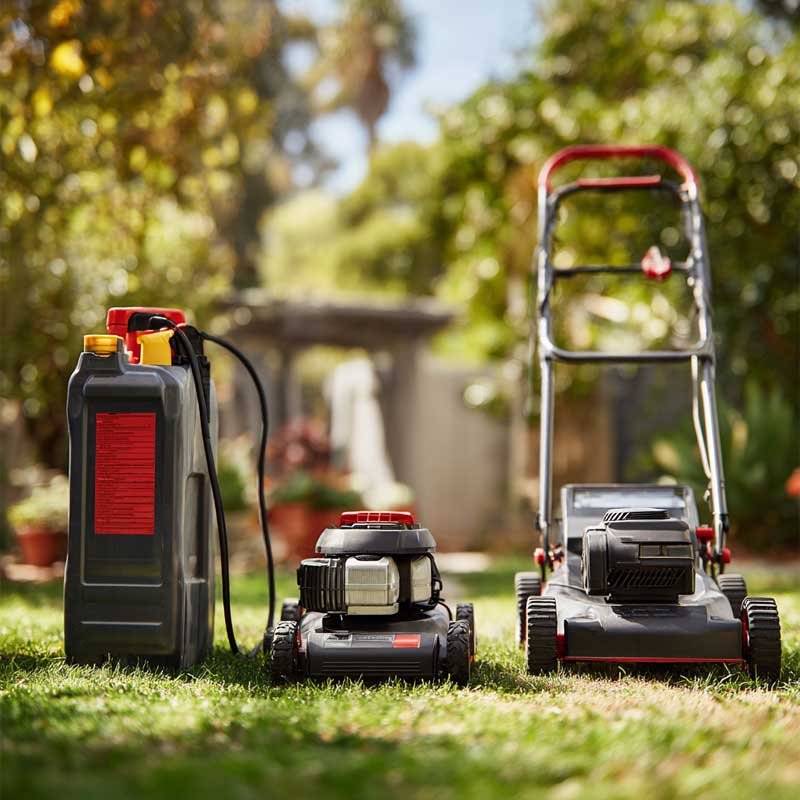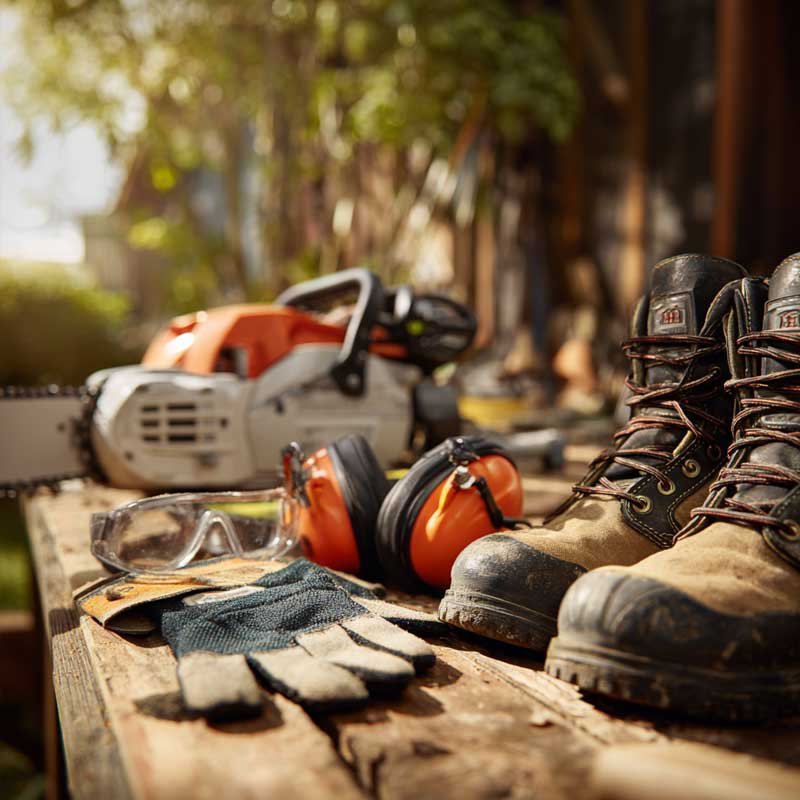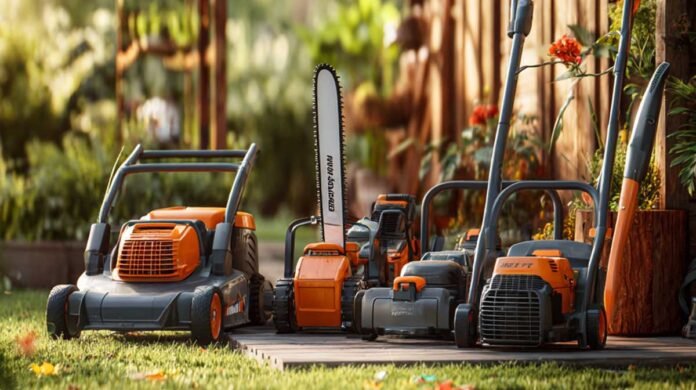A Comprehensive Guide to Choosing Outdoor Power Equipment for Your Yard
Maintaining a beautiful yard requires more than just time and effort—it requires the right tools. Outdoor power equipment can make your yard work faster, easier, and more effectively, whether you’re mowing the lawn, trimming hedges, clearing leaves, or cutting branches. But with so many tools and options available, choosing the right equipment can feel overwhelming.
This comprehensive guide will walk you through the essential factors to consider when shopping for outdoor power equipment, helping you make informed decisions based on your yard’s specific needs, your budget, and your long-term goals.
Assess Your Yard’s Needs
Before you start adding tools to your shopping cart, take a good look at your yard. What kind of maintenance tasks are necessary on a weekly or seasonal basis? Do you need to mow grass, edge flower beds, trim bushes, blow away leaves, or cut fallen limbs?
Making a list of the specific tasks you regularly perform will help you identify the exact type of equipment you need. For example:
- Lawn mowing: Lawn mower (push or ride-on)
- Trimming edges: String trimmer or edger
- Leaf cleanup: Leaf blower or vacuum
- Tree maintenance: Chainsaw or pole saw
- Garden care: Tiller or cultivator
The more accurately you understand your yard’s requirements, the better you can match them with the right equipment.
Know the Different Types of Outdoor Power Equipment
Outdoor power tools come in a variety of forms, each tailored to a specific purpose:
- Lawn Mowers – Available in push, self-propelled, and ride-on versions. Ideal for cutting grass efficiently across different yard sizes.
- String Trimmers – Perfect for edging around trees, fences, and flower beds where mowers can’t reach.
- Leaf Blowers – Useful for clearing leaves, debris, and grass clippings quickly.
- Chainsaws – Essential for cutting logs, branches, or trimming trees.
- Hedge Trimmers – Designed to shape and maintain bushes or hedges.
- Tillers/Cultivators – Helpful for preparing garden beds by breaking up compact soil.
Understanding the function and limitations of each type will help you prioritise your purchases and avoid buying unnecessary tools.
Factor in Your Yard’s Size
Yard size plays a critical role in equipment selection. A compact yard might only require a lightweight electric mower and a cordless trimmer. In contrast, a large yard or acreage could demand more powerful, fuel-driven tools or even a ride-on mower to cover the space efficiently.
As a general guide:
- Small yards (under ¼ acre): Electric or battery-powered tools are usually sufficient.
- Medium yards (¼–½ acre): Look for durable, mid-range equipment with higher runtime.
- Large yards (over ½ acre): Consider gas-powered machines or heavy-duty battery tools with long-lasting batteries and larger cutting widths.
Pro Tip: Store your batteries indoors during winter months to extend their lifespan.
Choose the Right Power Source
Outdoor power equipment is available in various power formats, each with pros and cons:
- Gas-powered: Offers high power and longer run times. Ideal for large yards and heavy-duty work, but noisier and requires more maintenance.
- Corded Electric: Lightweight and eco-friendly but limited by cord length and mobility.
- Battery-powered (cordless): Quiet, low maintenance, and great for convenience. However, battery life and recharge times can be limiting.
- Manual tools: Quiet, simple, and eco-friendly—suitable for small tasks but require more physical effort.
Choose a power source that aligns with your yard’s size, noise tolerance, and your maintenance preferences.
Pro Tip: Schedule maintenance after every 25 hours of use to keep engines running smoothly.
Compare Features and Specifications
When narrowing down your options, pay attention to product specifications and features. Here are some key ones to consider:
- Cutting Width – Wider decks can cut more in one pass, saving time.
- Horsepower or Motor Power – Affects how easily the machine handles thick grass or tough terrain.
- Cutting Height Adjustments – Multiple height settings give you better control over your lawn’s look.
- Attachments & Accessories – Some tools come with interchangeable heads or add-ons, increasing their versatility.
- Ergonomics – Look for padded handles, adjustable grips, and lightweight builds to enhance comfort.
Evaluating these features helps ensure that you’re not just buying a tool—you’re investing in ease of use and durability.

Budget Wisely
Your budget will naturally guide your choices, but think in terms of long-term value rather than just the lowest price. Higher-priced equipment often offers better performance, longer warranties, and fewer breakdowns. If you’re just starting out, consider prioritizing core tools like a mower and trimmer, then expanding over time.
Also, factor in the cost of accessories, maintenance (oil, fuel, filters), replacement parts, and storage solutions. Look for bundles or deals from reputable retailers that offer more value for your money.
Safety First
Safety should never be an afterthought. Look for power tools that include:
- Blade or chain guards
- Safety locks or automatic shut-off switches
- Anti-vibration systems
- Overload protection
- Ergonomic handles
Also, make sure to invest in personal protective equipment like gloves, goggles, ear protection, and sturdy footwear.

Think About Noise and Environmental Impact
Gas-powered tools are typically the noisiest and emit fumes, making them less suitable for densely populated or eco-sensitive areas. Electric and battery-powered tools are much quieter and produce no direct emissions.
If sustainability or neighbourhood noise restrictions matter to you, opt for quieter and greener alternatives that meet your environmental and social standards.
Consider Brand Reputation and Warranty
Stick with well-established brands known for quality, durability, and customer service. Brands like Honda, STIHL, Husqvarna, Greenworks, Toro, and DeWalt consistently receive high marks from users and experts alike.
Always check for warranty coverage—look for products with at least a 2-year warranty. A solid warranty shows the manufacturer’s confidence in their product and protects your investment from unexpected issues.
Check User Reviews and Recommendations
Before finalizing your purchase, read verified user reviews and ratings. Online marketplaces and dedicated review websites (like OnlineBuyerReview.com) can provide real-world insights into performance, reliability, and maintenance challenges.
You can also seek personal recommendations from neighbours or gardening forums for honest advice from experienced users.
Final Thoughts
Choosing the best outdoor power equipment for your yard isn’t just about picking the biggest or most expensive tool—it’s about finding the right match for your yard’s size, your tasks, your comfort, and your values. By assessing your needs, exploring your options, and weighing features and budgets carefully, you’ll build a reliable set of tools that keeps your yard looking great year-round.
Invest smartly, maintain regularly, and your equipment will serve you well for seasons to come.
With the right setup, your weekend yard work turns from a chore into a satisfying routine that keeps your outdoor space thriving.





